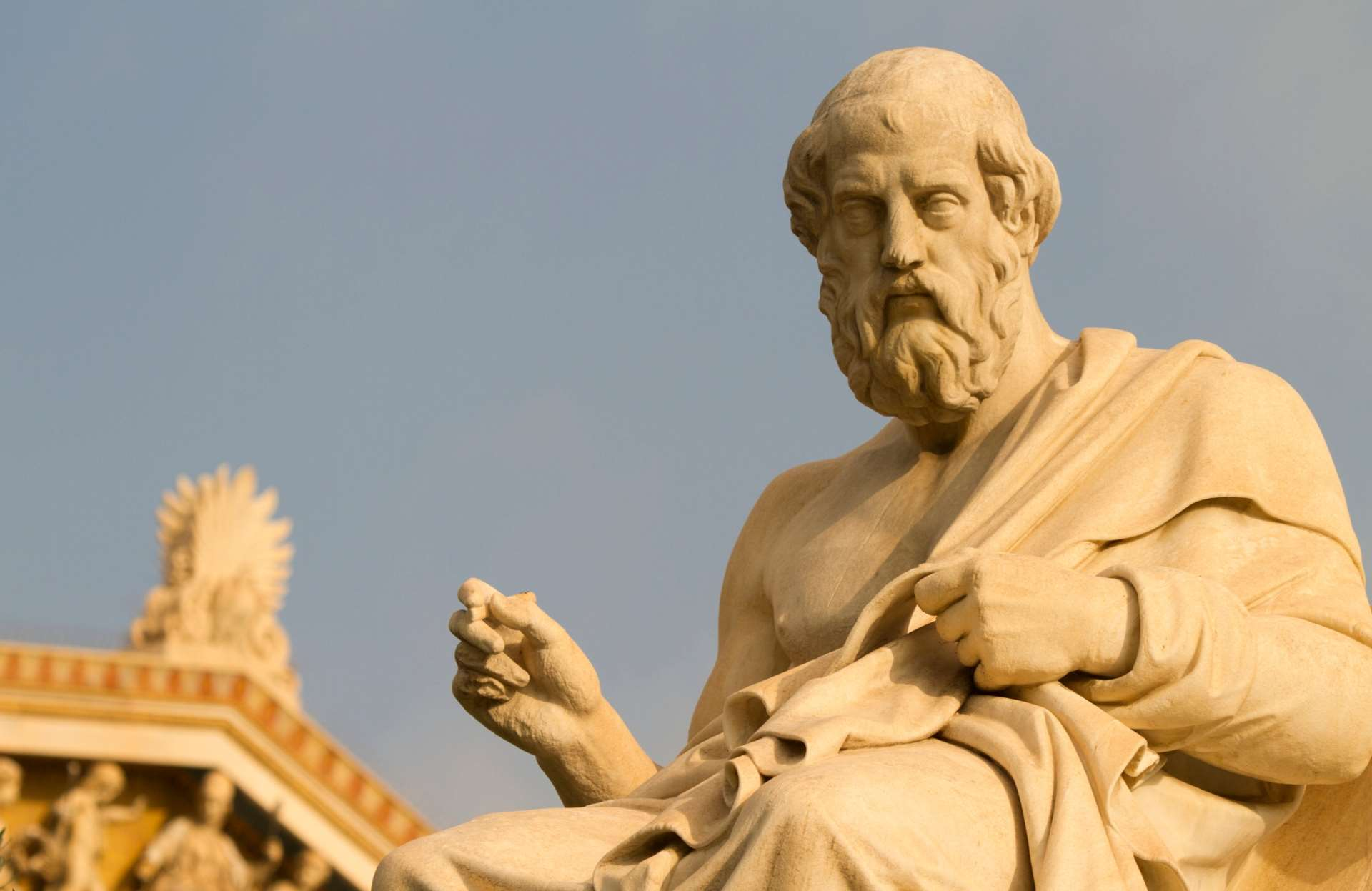The Scottish military man, diplomat and art collector Thomas Bruce, Elgin's 7th Earl, better known as Lord Elgin, was the one who began the forcible seizure of the Greek sculptures that continue to preoccupy the Greek state and many people from around the world to this day.
This file photo shows the Elgin Marbles being handled by porters after being stored in an underground tunnel for safety during the Second World War. PHOTO BY - /EPA/PA FILES
In May 1800, Elgin sent the secretary of the embassy, William Hamilton, along with six artists and craftsmen from Italy to Athens to seize the ancient monuments of Attica and in particular the Parthenon. His original intention was to take parts of various monuments to decorate his mansion in Scotland.
Favored by international political events
When international political events led Turkey to form an alliance with Britain against France, Elgin seized the opportunity to profit personally by acquiring a vast collection of antiquities.
In 1801 he managed to obtain a letter from Segut Abdullah, who at the time was replacing Grand Vizier in Constantinople, requesting that the Ottoman authorities in Athens allow his men to excavate around the Acropolis.
From 1801 to 1804 Elgin's crew operated on the Acropolis, causing considerable damage to the sculptures and the monument itself. In the process, they loosened and dismantled a considerable portion (about half) of the Parthenon's surviving sculptural decoration, along with some architectural elements, such as a capital and a whorl of columns. The antiquities removed were packed in crates and transported by sea to England.
The ship with the first crates sank
On July 31, 1801, he retrieved the first metope from the Parthenon. In 1802, the first 12 crates were loaded onto Elgin's private sailing ship, the Mentor. However, the ship sank at Avlemonas on Kythera and it took two years to lift them.
When he returned to England in 1803, he was imprisoned in France when the Treaty of Amiens was violated, and it was not until 1806 that he returned to his homeland, where he was already criticized by his countrymen (Dodwell, Douglas, Clark, Smith, Hobhouse) for bringing Greek sculptures into England.
He was accused of being a common thief and vandal who used illegal means (bribes, etc.) to steal prestigious cultural monuments for his own benefit.









